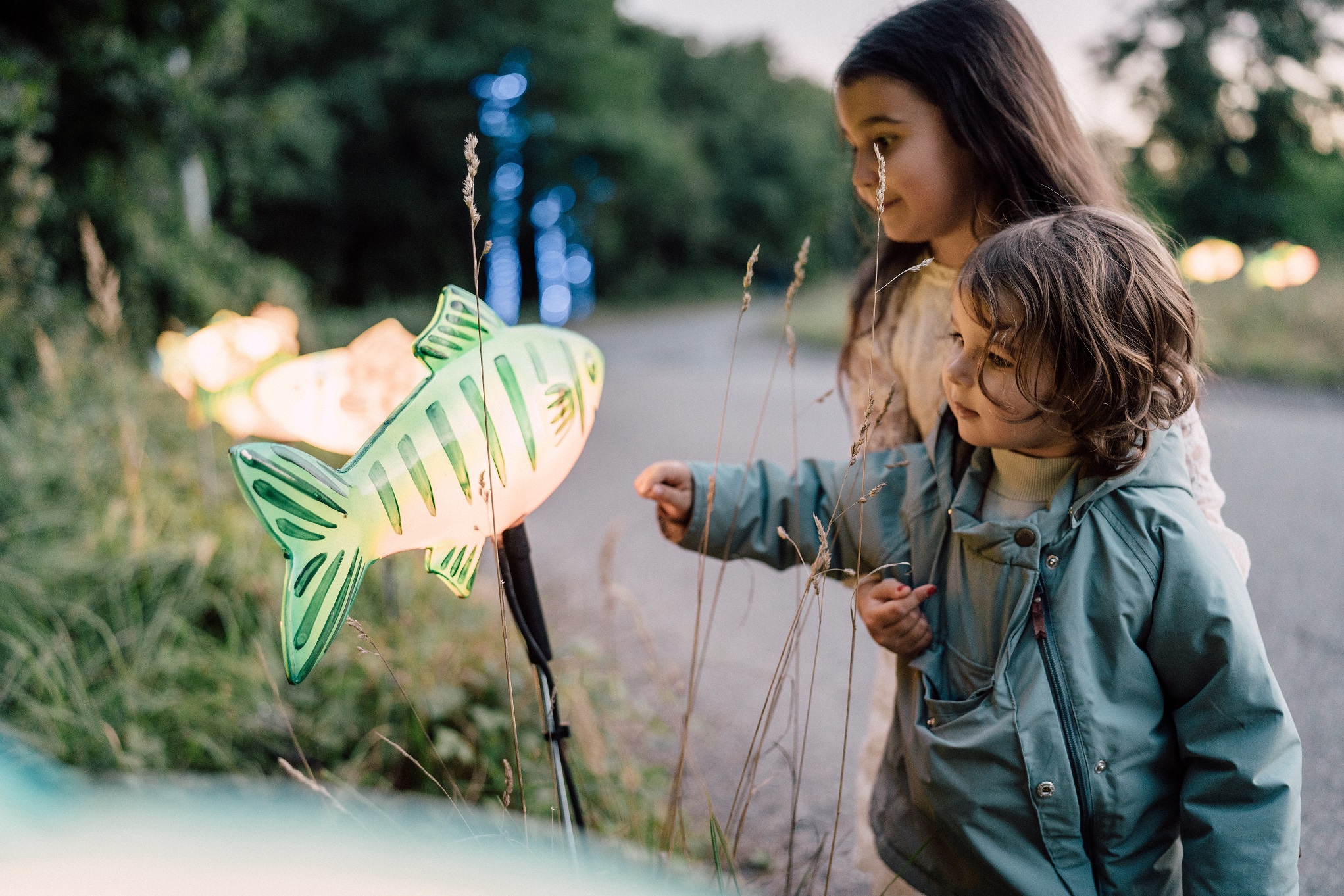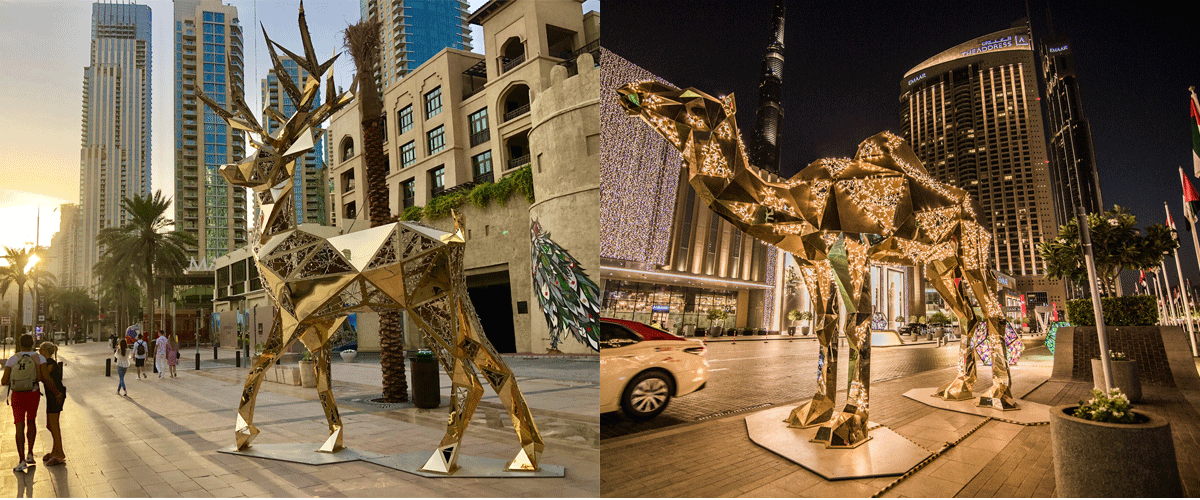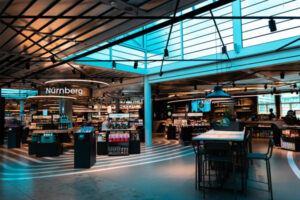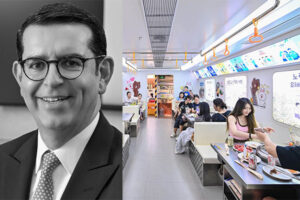by Thomas Mark, President MK Illumination
The current situation has had a debilitating effect on the brick-and-mortar retail sector, but it has also offered shopping centers, malls, and other physical retail and public spaces the opportunity to create strategies to bounce back in the months to come and to, perhaps, even win back customers from online retailers.
The key to doing that lies in becoming an invaluable part of the social fabric of a given community, which is something that centers and malls have long tried to do by positioning themselves as the centers of their local communities. In the past, landlords and tenants have tried to balance “business as usual” with creating innovative campaigns to drive footfall and connect tenants with consumers. The results have only been partially successful, but assuming that the current situation will ease this year, retail spaces can spend the next few months working toward becoming genuine centers of their local communities – places where people spend time when they are not at home or at work. To do so, they need to understand what people in their communities want and need, and then put a plan in place to meet those needs.
People Want More Than a Shopping Experience
That should not be news to the retail sector. For years, retail spaces have been aware of the need to offer visitors more than shops and restaurants. Most products can be purchased from multiple outlets – both online and physical – and restaurants located inside centers and malls face competition from those in cities and suburbs. While cinemas and amusement parks and other activity-based offerings are well-received, to become the “center of the community”, retail spaces have to offer public services that people want and need, as well as opportunities for people to come together and build community. That involves rethinking the tenant mix in order to generate footfall: Perhaps a library or childcare center or local community center might be an option. Being the “center of the community” also entails creating more events and activities that attract people.
Togetherness and Light: the Ties That Bind
There have been numerous seas of light, visions that thousands of people across the globe have initiated time and time again in recent months as a sign of solidarity. It specifically illustrates one thing: Light is a symbol of hope and peace in our society – it is a common denominator that emphasizes that which unites us over that which divides us.
“The lights cause a neurological shift that can induce feelings of happiness,” confirms Deborah Serani, psychologist, award-winning author, and professor at New York’s Adelphi University.
At this particular moment in time, it is essential that venues take advantage of the positive attributes of festive lighting and help give people a unifying moment of happiness, regardless of their different cultures, attitudes, or beliefs.

As experts in festive decorative lighting, MK Illumination knows the importance of festivities when it comes to bringing people together as well as the importance of focusing on the right celebration. Whether it is Christmas and Santa in the Christian world, Ramadan in the Muslim world, worldwide New Year’s Eve celebrations at the end of December, Chinese New Year celebrations weeks later across much of the Asian world, or something completely different, festivities are part of our cultural identity and by offering a space in which to celebrate them, retail spaces align themselves with their communities. Those examples only highlight the big events: Individual centers know what resonates with their respective local communities, what festivities are important, and what will ultimately drive footfall.
Meeting the Wants and Needs of the Community
For a number of years, forecasters have spoken about the gradual change in societal values. The trend for conscious consumption as opposed to conspicuous consumption, the increased awareness of climate change and sustainability, and the demand for experiences instead of transactions has been gradual, but the current crisis has allowed the trend to develop more rapidly than expected. Of course, the area of health and safety is also at the forefront of all minds at the moment, and will continue to be an important need to meet.
Retail spaces are in a unique position to acknowledge these shifting values, wants, and needs, and to respond to them. Free masks, hand sanitizer, and toilets, combined with regular publicity about daily cleaning activities, are quick and easy wins. The combined efforts of landlords and tenants to demonstrate a willingness to work toward sustainable solutions, “woke” (aware) consumption, and meaningful community experiences will have a positive effective, too. However, those are not the only values that retail spaces need to pay attention to.
The Move to Localism
At the same time, additional values have come to the fore. They include a form of localism that is not simply about buying local products, but also about buying local products from local suppliers that cater to local tastes and the specific interests of the respective community. People want to buy from locally-owned businesses to ensure that money stays in the local economy and benefits the local community. Although centers and malls owned by global investors and anchored by big-brand stores cannot become local overnight, hosting local food fairs and exhibitions that feature local retailers, artists, and artisans can go a long way toward adding local flavor and winning hearts.
Center management groups can also adjust their business practices to benefit the local economy of each retail space directly. MK Illumination, for example, has 42 local offices worldwide. Our local offices leverage our global expertise, but they apply their local insights to ensure that the solutions they offer are right for their regional or national customers. That is not all, however: Each company is financially independent, responsible for paying taxes locally, which enables us to give back to the local economy wherever we work.
In the same way, centers and malls can leverage the global power of their respective groups, while creating unique local experiences for their communities that are economically beneficial as well.
The Silver Lining
Most of these activities simply are not possible when retail spaces are in a “business as usual” mode. There is barely enough time to think, let alone consider radical new approaches. Now that we are in a “business as unusual” situation, retail spaces have the opportunity to look at trends, research what their communities really want, and find novel ways to bounce back and thrive. If they succeed – and success depends on the combined efforts of both landlords and tenants – they have a good chance of bringing people back for repeat visits in greater numbers than ever before, and making their retail spaces valued and well-supported parts of the wider community.
Together We Can Achieve More – 25 Years of MK Illumination
MK Illumination is proud to celebrate its 25th anniversary this year. The company has set itself a number of goals for the future. The company will remain true to its previous recipe for happiness: designing and presenting light in its most beautiful, aesthetic form while adopting a values-driven approach and capitalizing on the positive effect that light has on people.
The family-run company, which employs approximately 1,000 people worldwide, is committed to steady growth and financial independence – which is only possible in cooperation with its customers, reliable partners, and a motivated team. The best achievements, after all, are the successes we experience together.







